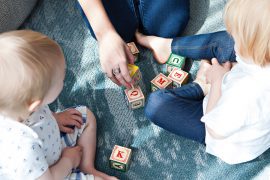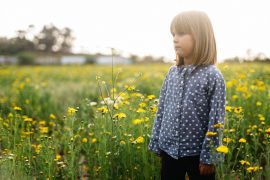By Lisa Swinburn
Learning how to have conflict, how to come back together after it, and how to show mutual respect and reassurance is a practice.
Some of us (myself included) grew up in families where conflict felt scary and was filled with abrasive anger, power over, shut down, or denial. As a teenager, I witnessed my parents fighting over custody issues after a breakdown in communication following their divorce. This resulted in my mother “winning” the court case and subsequent relief that finally life could go on without Dad in the picture. This of course was devastating at the time and a trauma that I buried for years until later in my mid twenties when I finally reconnected with my father many years later in Samoa.
Trauma imprints itself on our body and nervous system, which is why talk therapies are often unsuccessful. According to trauma expert Dr Bessel van der Kolk, people can’t recover until they become familiar with and befriend the sensations in their bodies.
Learning how to have conflict, how to come back together after it, and how to show mutual respect and reassurance is a practice.
Stress and trauma can dysregulate the autonomic nervous system, making it harder to regulate emotions. This dysregulation can result in emotional reactivity and difficulty in managing stress. Research by Dr. Stephen Porges reveals that the functions of the autonomic nervous system are regulated by the vagus nerve in the body. The vagus nerve connects the brain to major systems in the body including the stomach and gut, heart, lungs, throat, and facial muscles. Polyvagal theory states that there are three branches of the vagus nerve: one responsible for sympathetic actions, one response for parasympathetic actions, and the third which mediates and regulates the actions of both called the social nervous system.
- The social nervous system is associated with connection, calmness, safety, and a focus on the present moment. The social nervous system is strengthened by relationships and helps kids successfully navigate their sympathetic and parasympathetic nervous systems.
- The sympathetic nervous system is associated with high arousal and mobilisation towards movement. In children, you can recognise sympathetic activation when kids are excited, silly, wiggly or squirmy, surprised, angry, anxious, or have difficulty sleeping. When feeling unsafe or threatened, this manifests as a fight or flight response. However when supported by the social nervous system, this activation can mobilise towards play.
- The parasympathetic nervous system is associated with low arousal, relaxation, withdrawal or depression. When children feel threatened they may withdraw, appear helpless, and say they are tired, bored, or sad. However when supported by the social nervous system, children feel safe to relax into a hug, snuggle with a pet, or linger in quiet satisfying activities such as reading or drawing.
Understanding polyvagal theory can help individuals and parents develop strategies to improve emotional regulation. Techniques such as deep breathing exercises, mindfulness and therapies like polyvagal-informed therapy can be used to regulate the autonomic nervous system and promote emotional well-being.
As parents, our responsibility is to help children process their experiences. This is not an easy task. In today’s current world, it is easy to feel triggered by our child’s or teen’s big emotions, whether it be fear, anger, or sadness; especially when the expression of these feelings comes out as disruptive behaviours. Some children have difficulty communicating their feelings verbally and as a result they frequently express emotional distress behaviourally. Others tend to hold big feelings inside, withdrawing and avoiding interacting with others. Some children are more explosive in nature. These children might have angry outbursts, throwing dramatic tantrums. Other children are aggressive towards other family members and might hurt themselves by pulling out hair or biting their fingernails. As parents, all of these behaviours can be disturbing to see in children. Yet these behaviours are also strategies that children use to regulate their mind, body, and emotions.











